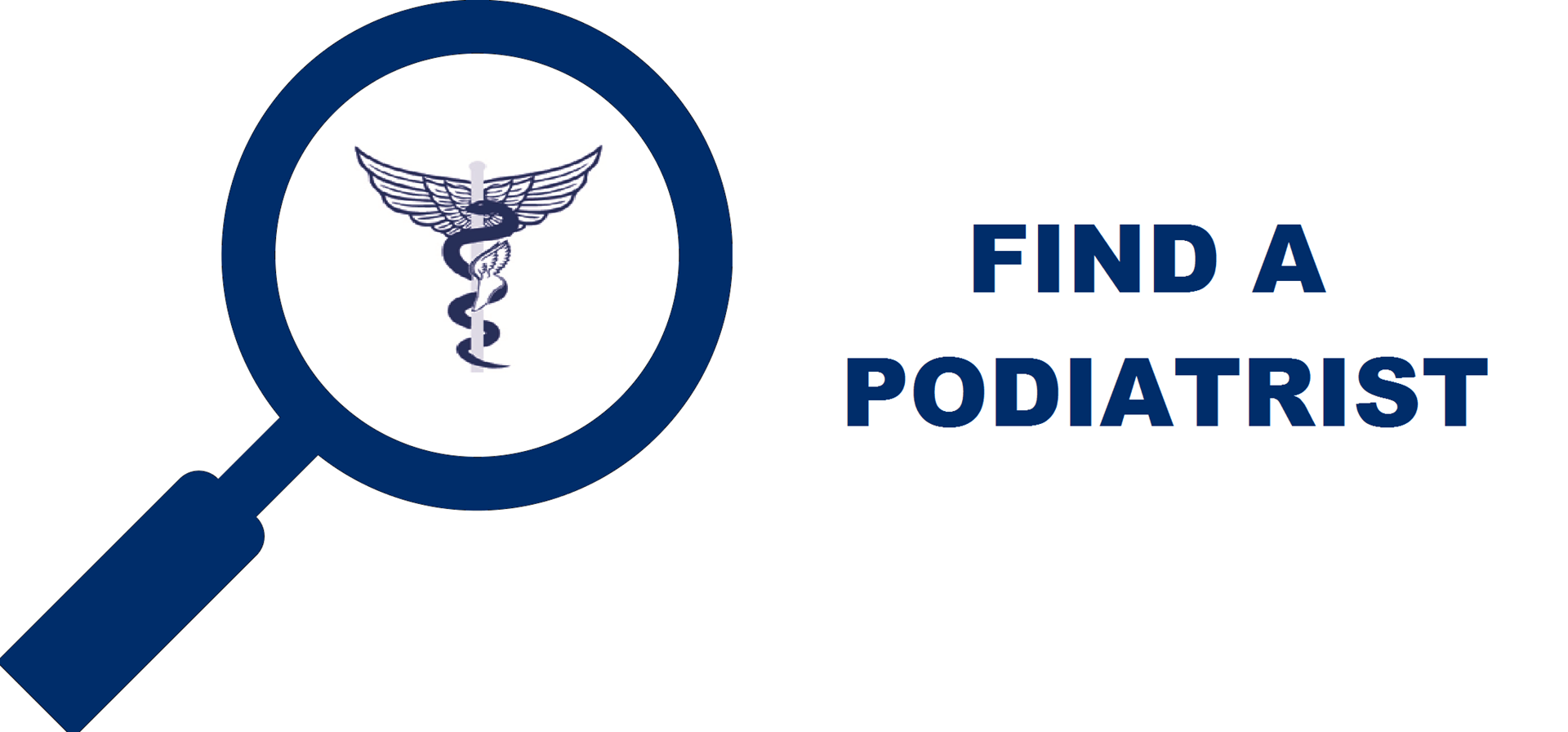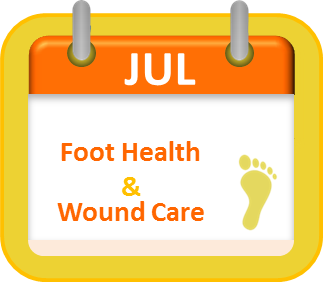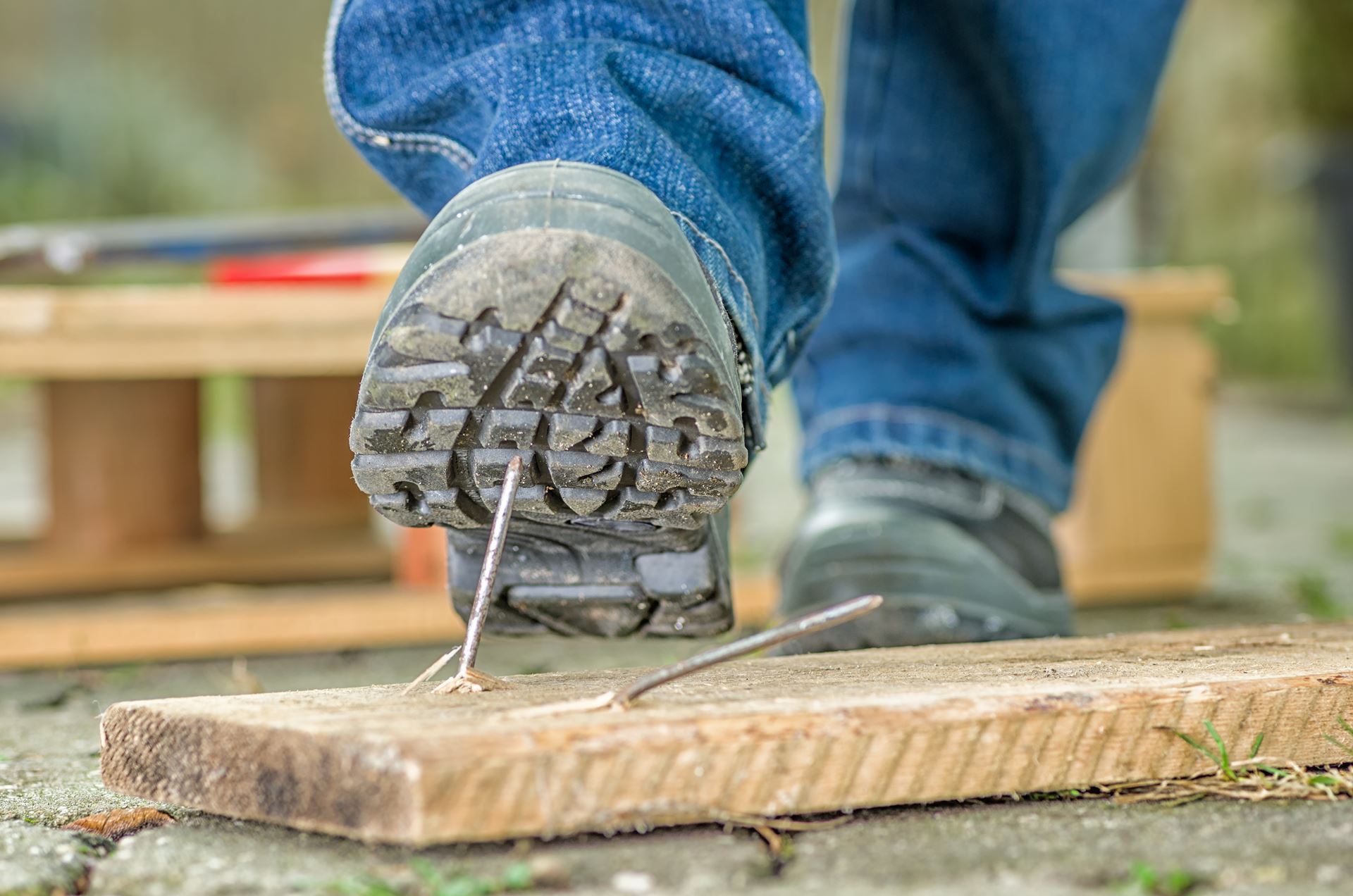|
Puncture Wounds
What can cause a puncture? A variety of objects can cause or become embedded in a puncture wound. Common ones include nails, glass, needles, and toothpicks. All puncture wounds are considered dirty as they are caused by objects that are not sterile; making them prone to infection. Did You Know? Pieces of your own skin, sock and shoe can enter and be embedded into the wound during a puncture. You are more likely to get a serious infection if you were wearing a rubber-soled shoe at the time of injury. Why? Because bacteria from the sole may be dragged into the wound. When to Seek Help from a Podiatrist
| Puncture Wounds vs CutsA puncture wound occurs when a pointed object pierces into the skin and creates a small hole. Some punctures are just on the surface, while others may enter deep into the tissues below the skin of the foot, including fat and muscle. This type of wound is narrow, deep and can be difficult to clean.
In contrast, a cut is an open wound that produces a long tear in the skin. Puncture wounds are treated differently from cuts because puncture wounds have a high risk of becoming infected. Symptoms
Basic Wound Care at Home
|






